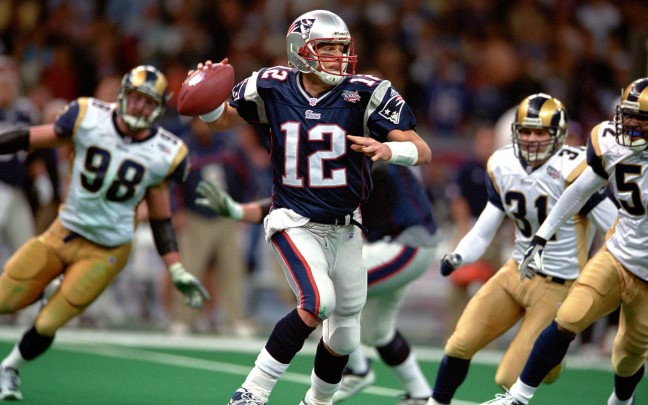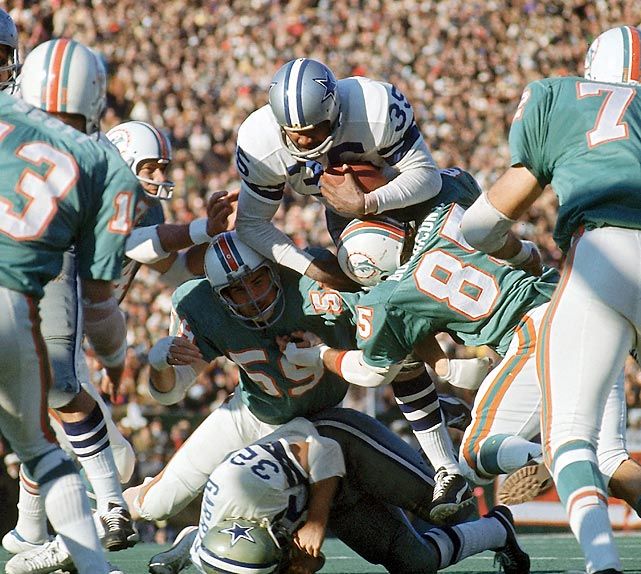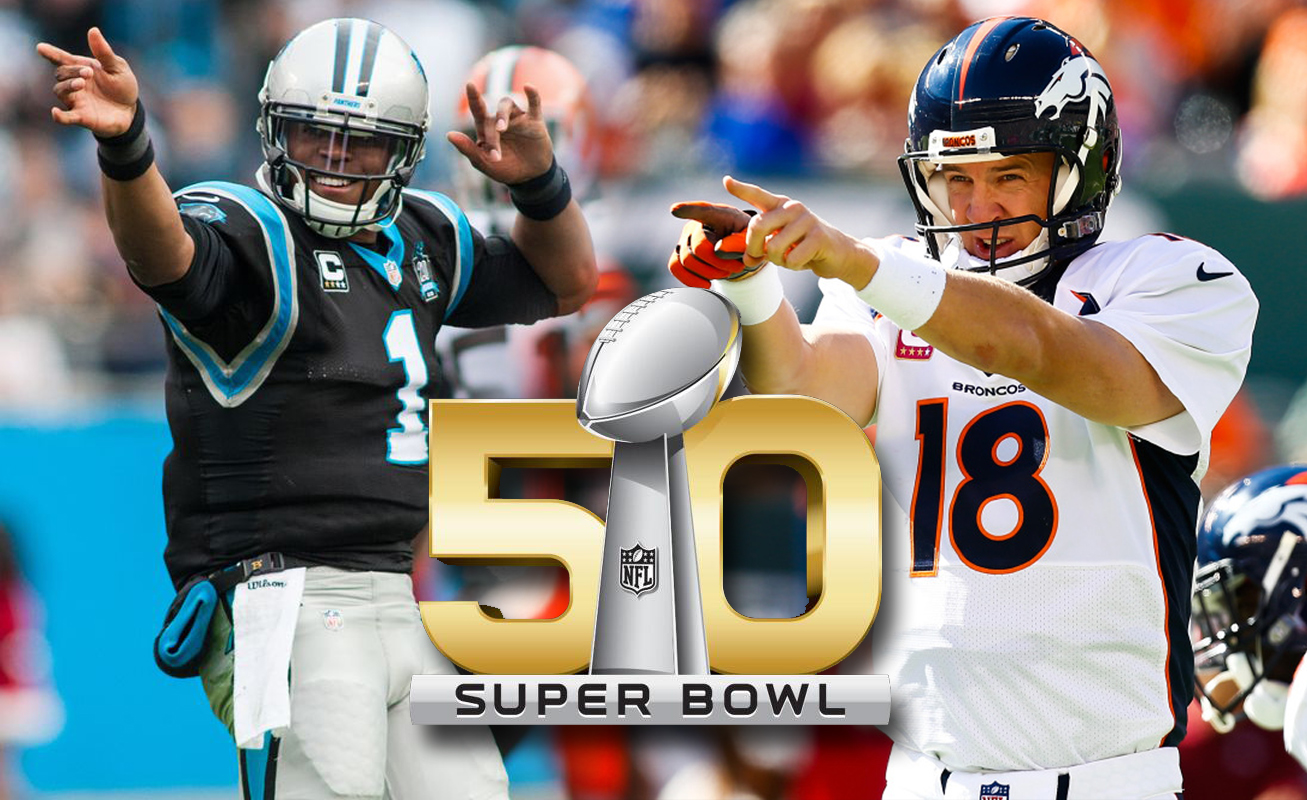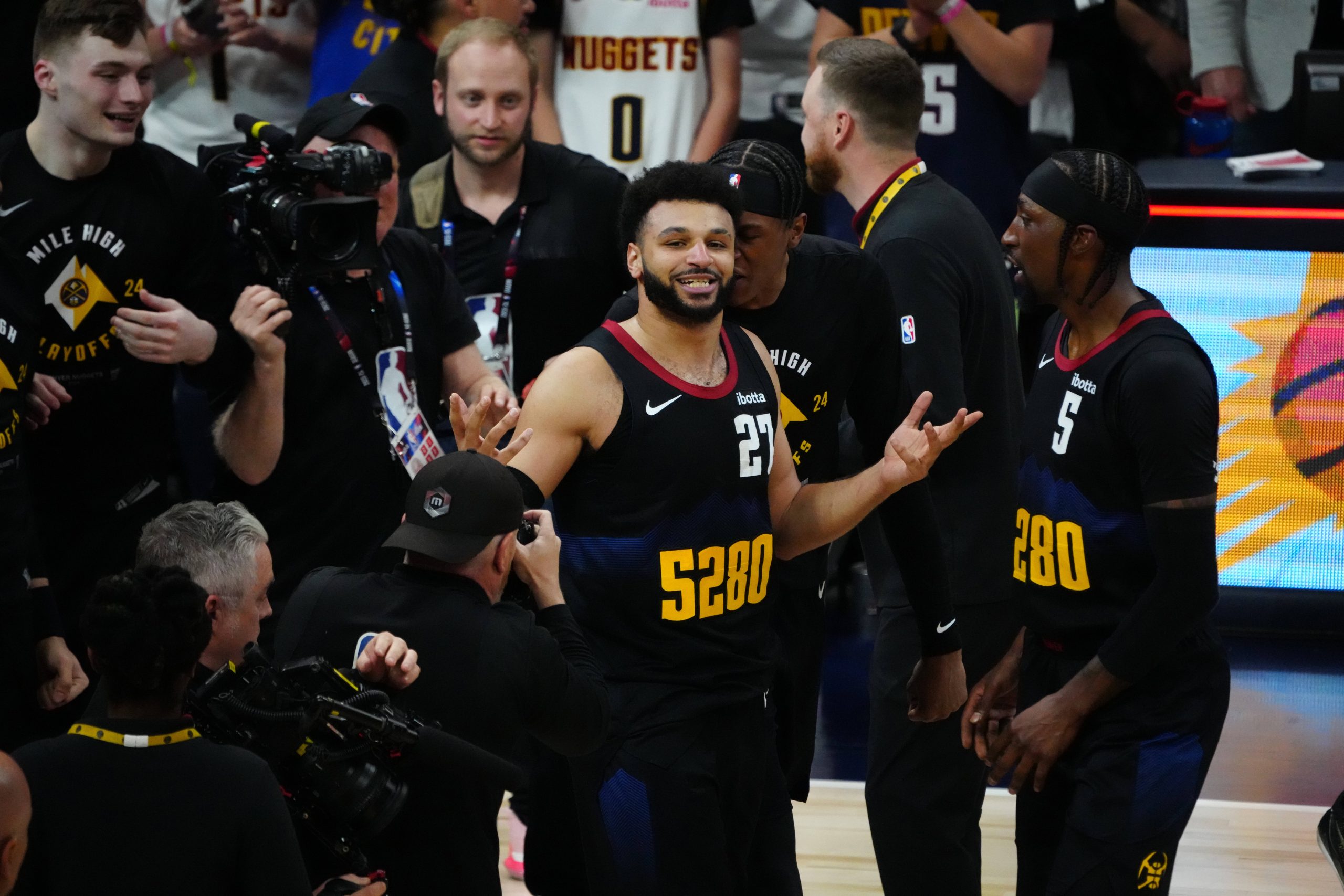By now, you likely know about a trivial but fascinating plot twist in the lead-up to Super Bowl 50: The Denver Broncos are very conscious of what they’re wearing on February 7, and have decided to wear all white for the Super Bowl.
They don’t want to look sexier or more fashionable. They just think their uniforms could remove a psychological hurdle.
Broncos general manager John Elway — winner of two Super Bowls with the franchise and the man most suited to assess the team’s Super Bowl history — knows his franchise is 0-4 in Super Bowls when wearing orange jerseys. The Broncos lost Super Bowls XII, XXII, XXIV, and XLVIII in their signature home threads. The one time Denver won the Super Bowl as the designated home team — XXXII over Green Bay in 1998 — the Broncos busted out blue jerseys. In road whites, the Broncos are 1-1 in America’s biggest game. They lost in XXI but won XXXIII.
A little background: In any even-numbered Super Bowl, the AFC team is the designated home team and therefore has choice of uniform. Elway — whose last game was a Super Bowl victory in road whites — used Denver’s choice to go with road whites against the Carolina Panthers in Levi’s Stadium. Not only does Elway hope that road whites will work for Denver; he hopes home black uniforms will cut against Carolina. The Panthers do not have a good playoff history in that color.
Moreover, consider this:
#UniWatch In Black vs White, white has won last 2 matchups #Broncos in 99, #Cowboys in 96, split 8 all-time meetings pic.twitter.com/OXkXi4EufR
— Jason Yellin (@JasonYellin) January 26, 2016
Let’s go beyond Super Bowl 50, then, and mark the golden anniversary of the Super Bowl through the prism of uniforms.
We’ll offer some historical records and totals, but first, let’s start with a particular connection to Denver’s decision in SB 50, a great way to begin to examine the entirety of the Super Bowl’s sartorial history.
In Super Bowl XL, played 10 years ago in Detroit, the Pittsburgh Steelers — playing in an even-numbered Supe — had choice of uniform as the AFC champion. They also ditched their home uniforms, trading in those signature blacks for road whites. They defeated the Seattle Seahawks to give Bill Cowher his one Super Bowl crown. Exactly 10 years before that — shown in the Twitter photo above (on the right) — the Steelers chose to wear home blacks in Super Bowl XXX against the Dallas Cowboys.

1026785
This brings up an interesting point about uniforms in general, but also the five Super Bowls which have ended in a round number: Of the five Super Bowls ending with the number “0,” four of them have involved a team which either chose to wear road whites as the designated home team (Denver in 50, Pittsburgh in 40), or wore its normal home whites as the designated visiting team. That last example was the Dallas Cowboys against the Steelers, in both Super Bowl XXX (1996) and Super Bowl X (1976).
The Cowboys are one of a few teams to wear white jerseys, not dark ones, for most home games. In this regard, Dallas departs from normal practice in the NFL. Such a reality must be taken into account when evaluating the Super Bowl’s whole cloth of facts and figures.
The Washington Redskins are a unique team within this discussion.
In Super Bowl VII in 1973, the Redskins chose red jerseys as the designated home team versus the Miami Dolphins:
Exactly 10 years later, in another odd-numbered Super Bowl, the Redskins — again the designated home team — chose white jerseys against the very same Dolphins. Washington, you see, used white jerseys at home in the Joe Gibbs era:
Today, the Redskins once again use red jerseys at home — they no longer make the Dallas Cowboys wear their less-preferred blue jerseys in D.C. — but in their four Super Bowls under Gibbs (XVII through XXVI), they always wore white. Washington wore those unis three times as a designated visiting team, but once in XVII as the home team.
There were other notable plot twists from the Super Bowl’s clothing-based history, and one involves Dallas, which wore white in seven Super Bowls, but not in its first — Super Bowl V in 1971. The Cowboys were the designated home team, but donned their less-traditional blues against the Baltimore Colts:

Just to affirm this point about the Cowboys not generally wearing blue at home, they wore white uniforms at home in the divisional playoff round against the Detroit Lions, just a few weeks earlier:
Still, there are other oddities in the history of Super Bowl uniforms.
Much as Denver won with a home blue uniform in Super Bowl XXXII, but lost four times in orange uniforms, the New England Patriots won with blue home uniforms in games XXXVI and XXXVIII, but lost in red home uniforms in game XX:

(AP Photo/Tom DiPace)

Here are some fast facts and figures from the previous 49 Super Bowls.
One note at the outset: If you see references to the NFL and AFL, that’s because the first four Super Bowls were played in the NFL-AFL era. The first Super Bowl in the AFC-NFC conference era (after the AFL-NFL merger) was game V between Baltimore (AFC) and Dallas (NFC) in 1971. With 49 Super Bowls having been played, and with the NFC hosting odd-numbered games, the NFL/NFC has hosted 25, the AFL/AFC 24. The count becomes even at 25-apiece with Panthers-Broncos this year.
* Records of NFL/NFC teams wearing white jerseys: 17-9 in 26 games.
* Records of AFL/AFC teams wearing white jerseys: 14-9 in 23 games.
* Overall record of teams wearing white: 31-18 in 49 games.
* Designated road teams are 29-20.
* The last team in a dark jersey to win the Super Bowl: Green Bay in XLV versus Pittsburgh, five years ago.
* Teams wearing dark jerseys are 1-10 in the last 11 Super Bowls, beginning with Philadelphia’s loss to New England in SB XXXIX.

* The NFL/NFC white-jersey count is greater than the dark-jersey count because in three instances — XIII, XVII and XXVII — the NFC had the home team but wore white. Dallas wore white as the home team in XIII and XXVII, Washington in XVII. Only once did the NFC wear dark as the road team: Seattle (as a result of Pittsburgh’s choice to wear white) in SB XL.
* Dallas played eight Super Bowls. The only time it wore dark (blue) jerseys, it lost (V).
* Washington played five Super Bowls. The only time it wore dark (red) jerseys, it lost (VII).
* Dallas has worn white in seven of its eight Super Bowls. When wearing white as the home team, the Cowboys are 1-1. They won SB XXVII and lost SB XIII. When wearing white as the road team, the Cowboys are 4-1, their only loss being to Pittsburgh in SB X.

* In three of its four white-jersey Super Bowls, Washington was the visiting team. The Redskins went 2-1 in those three games and won once as the home team in SB XVII. Washington’s one loss as a white-jersey Super Bowl team came in SB XVIII versus the Los Angeles Raiders.

A final fact is set up by this preface:
Due to Dallas’s and Washington’s use of white jerseys as a home team at different points in the Super Bowl era, there are 11 Super Bowls in which the two teams would have worn the same uniforms even if the conference hosting designations had been switched.
There is a chance that in Super Bowl VI, Dallas might have opted to wear its blues against the Miami Dolphins after wearing blue in Super Bowl V the year before against Baltimore. However, Dallas’s use of the home white jersey has been relatively consistent over time. If you accept that SB VI would have featured a white Dallas uniform if the NFC had hosted, there are 11 games, not 10.
The fact flowing from the above paragraphs: Teams wearing white jerseys in these games were 8-3, all from the NFC.
Maybe, just maybe, John Elway and the Denver Broncos are on to something with their decision to wear white as the home team in Super Bowl 50.









